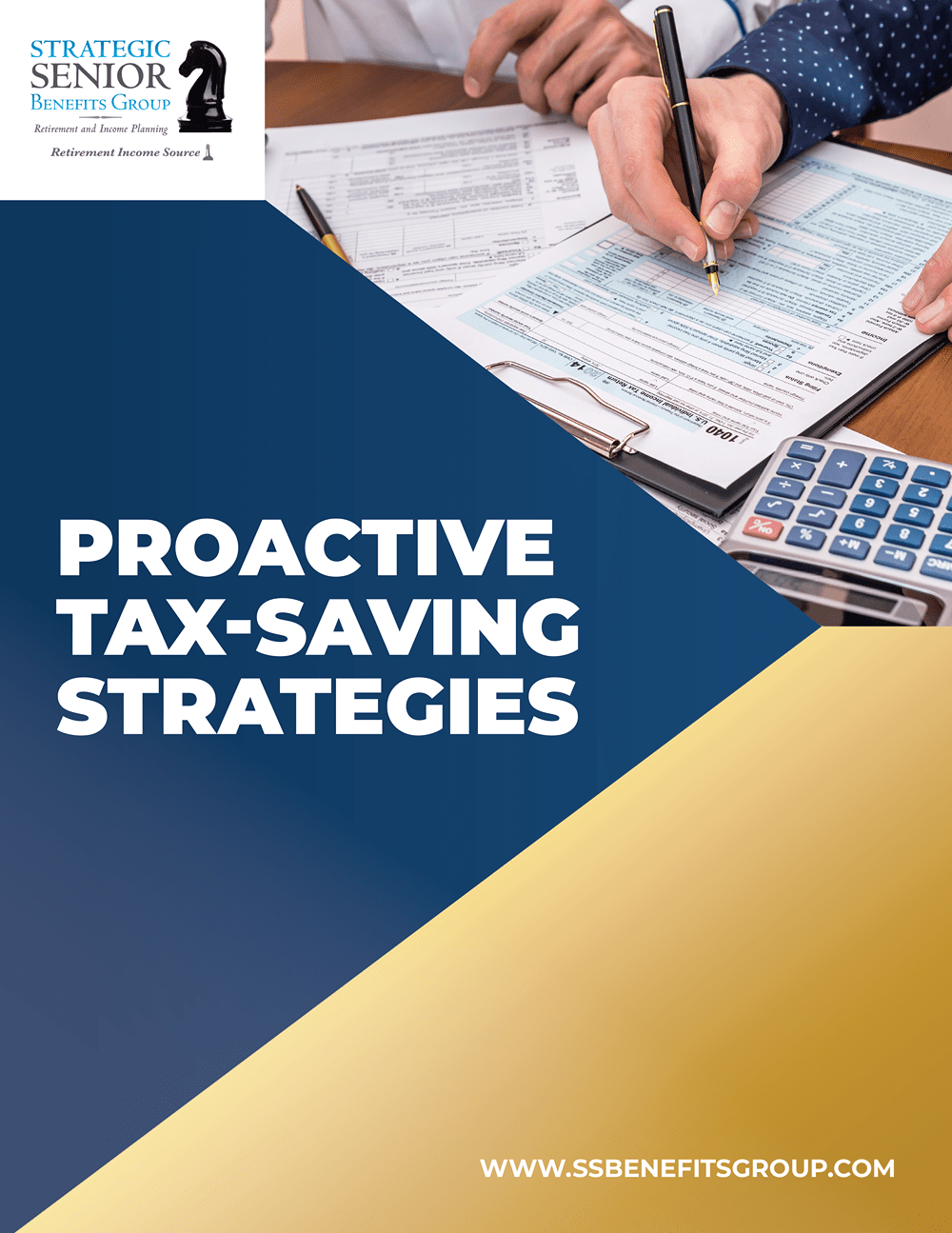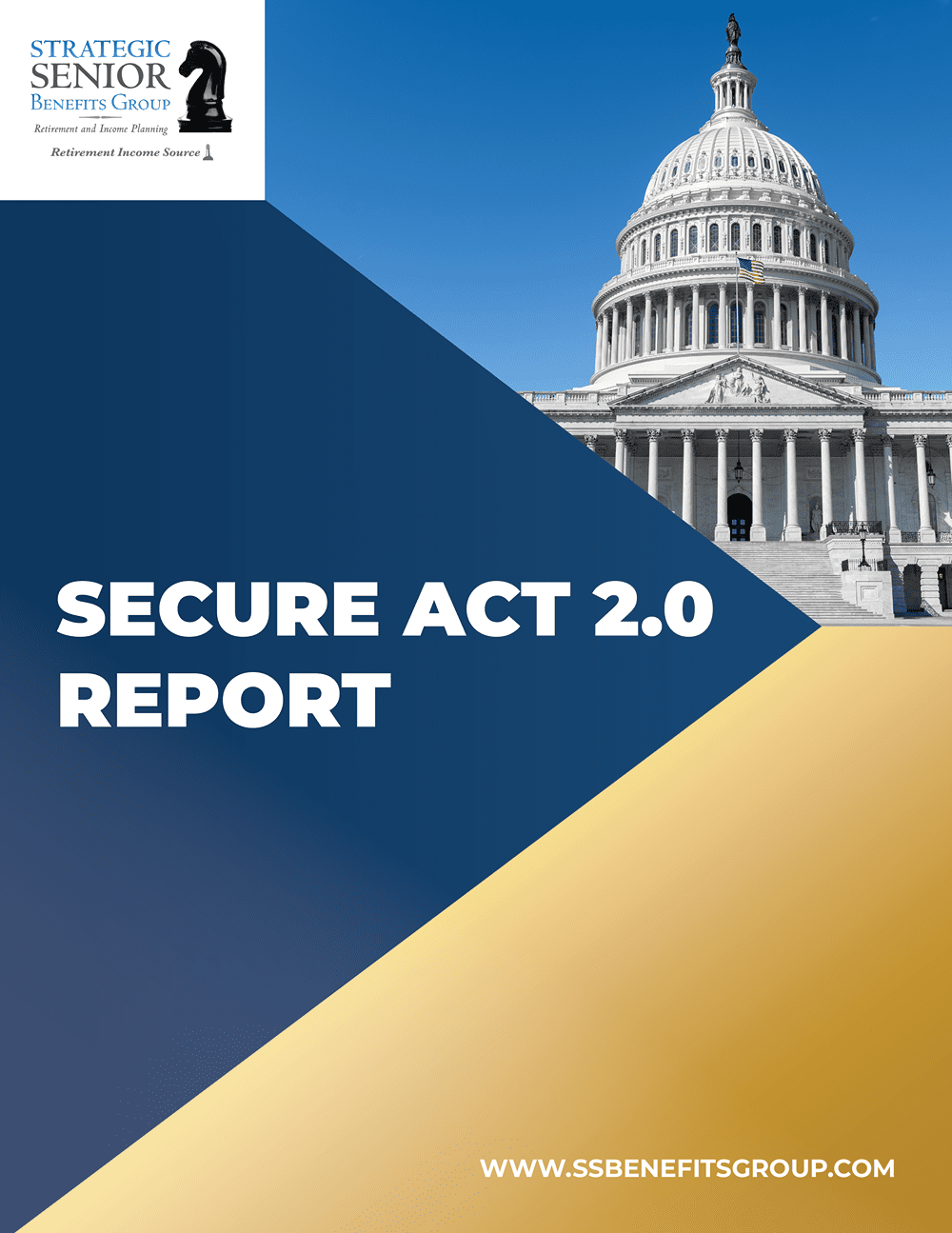It seems that tax laws and regulations are constantly changing. That’s why it’s always good to meet with your CPA or financial advisor on an annual basis to talk about potential tax savings strategies as they exist under current tax rules and guidelines. While it’s generally best to have that meeting in November or December to beat all the IRS’s year-end deadlines, a meeting in January or February can also be extremely beneficial and potentially save you thousands of dollars.
The tax savings strategies discussed in this report are primarily geared toward filers in the 12% to 24% income tax brackets and are strategies related to retirement contributions, investments, savings, healthcare expenses, charitable donations, and other key areas. But first, let’s go over some basic tax guidelines as they stand for the tax year 2023.
Deductions & Exemptions: The standard deductions for the tax year 2023 are:
• Singles get $13,850, plus an additional $1,850 if age 65 or over
• Married couples get $27,700, plus $1,500 per spouse if both are 65 or over
• Heads of household get $20,800, plus $1,850 if age 65 or over
Personal exemptions were eliminated with The Tax Cuts and Jobs Act and remain at 0. Most people know how basic tax preparation works: your adjusted gross income minus deductions and exemptions equals your taxable income. Beyond your standard deductions and personal exemptions, you and your advisor may want to explore and possibly implement some of the following additional strategies:
401(k)s and Other Qualified Plans
It is generally a good idea to maximize tax-deferred 401(k) contributions whenever possible. If you feel you can’t afford to put in the maximum amount of money allowed, try to contribute at least the amount that will be matched by employers’ contributions. Contribution limits for 401(k), 403(b), and 457 plans are $22,500, with an additional $7,500 catch-up contribution limit if you are over age 50. You might even consider taking an entire paycheck in December and putting it into your 401(k), if that’s feasible, or taking the equivalent amount from a savings account and putting that into the 401(k) to maximize the contribution.











